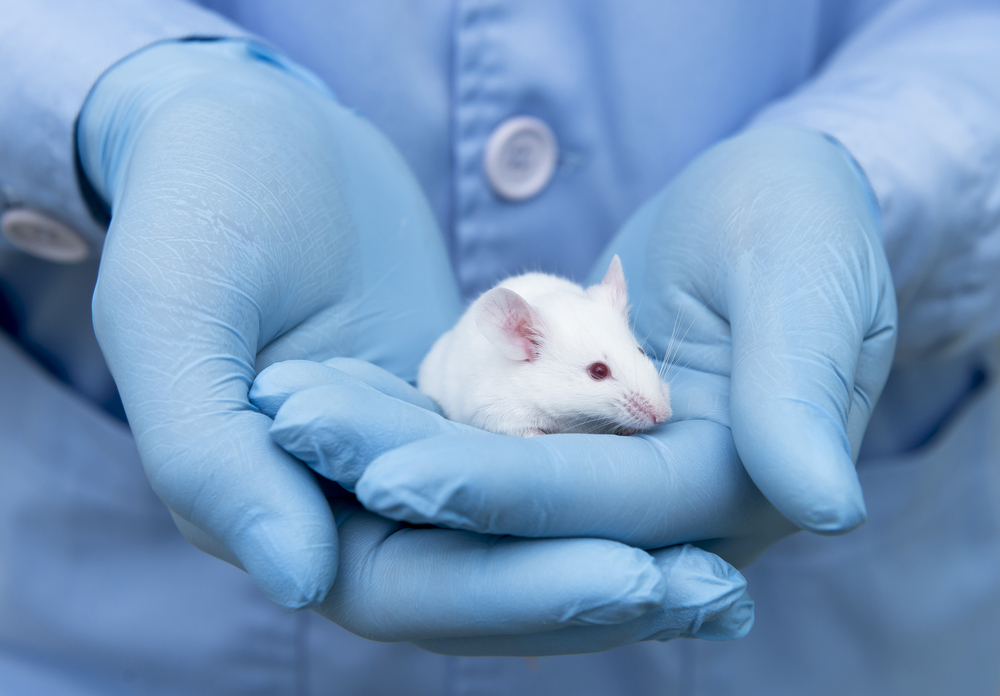Modified Inflammatory Protein May Help Reverse Fibrosis in Scleroderma, Mouse Study Suggests
Written by |

A modified version of the inflammatory protein TRAIL might be able to reverse fibrosis in scleroderma and related conditions, a study suggests.
The study, titled “Targeting of dermal myofibroblasts through death receptor 5 arrests fibrosis in mouse models of scleroderma,” was published in the journal Nature Communications.
TRAIL (tumor necrosis factor-related apoptosis-inducing ligand) is a protein that induces cell death in some cells — mostly cancer cells.
“Because the TRAIL protein can cause cancer cells to die while sparing normal cells, it was originally pursued as a cancer therapeutic,” Seulki Lee, PhD, professor at Johns Hopkins University, and senior author of the study, said in a university news release.
“But, likely because cancers are varied in composition, TRAIL was never shown to have much success in changing the course of cancer in humans. We discovered that TRAIL plays a critical role in wound healing and fibrosis in the body, thus offering more attractive therapeutic opportunities for the treatment of fibrosis,” Lee added.
The researchers had previously developed a molecule, called TLY012, which is basically TRAIL but modified in order to be more stable — making it easier to work with and more viable therapeutically, as it stays in the body for a longer period of time.
“We were interested in TRAIL because it’s a natural protein made by the body in response to inflammation and wound healing, and since our bodies already make it, we know it is well-tolerated and probably won’t cause any side effects,” Lee said.
A study published in 2003 showed that TRAIL could kill the cells that cause fibrosis (scarring) in the liver, and the researchers had previously shown that TLY012 was effective as a treatment for liver fibrosis in a rat model.
Then they realized that the cells that cause scarring in the skin — called myofibroblasts — are similar to the ones that cause scarring in the liver. Therefore, the researchers hypothesized that TLY012 could be useful in the treatment of scleroderma, which is characterized by skin fibrosis.
To find out, they first took myofibroblasts from five people with scleroderma and from five without the condition. They found that myofibroblasts from patients had significantly higher levels of TRAIL and associated proteins, compared with myofibroblasts from people without the disease.
Importantly, when treated with TLY012, the myofibroblasts from scleroderma patients died, but the non-scleroderma myofibroblasts did not.
“This was encouraging to us because it both confirmed that the skin and liver cells are equivalent, and it showed us that treatment with TRAIL can cause these diseased cells to die while sparing healthy cells, at least when grown in a dish,” said Lee.
The researchers then tested TLY012 in two mouse models of scleroderma: one where a chemical injection leads to an inflammatory reaction that ultimately causes scarring, and one where the mice were genetically engineered to develop scleroderma-like fibrosis.
In both mouse models, TLY012 showed clinical benefits, including reduced skin thickness and lessened scarring. Non-fibrotic areas of the skin did not show signs of being detrimentally affected.
“These data say to us that TRAIL could potentially reverse skin fibrosis to near normal skin,” Lee said.
More studies are needed, but Lee believes that using TRAIL and related therapeutic strategies could be a “universal” way to target fibrotic diseases.
Lee and other faculty members at the Johns Hopkins University School of Medicine co-founded a company called Theraly Fibrosis (which is owned by parent company D&D Pharmatech), and has funding support from the National Institutes of Health Small Business Innovation Research Program to further develop TRAIL. They plan to submit an investigational new drug application this year to the United States Food and Drug Administration.





